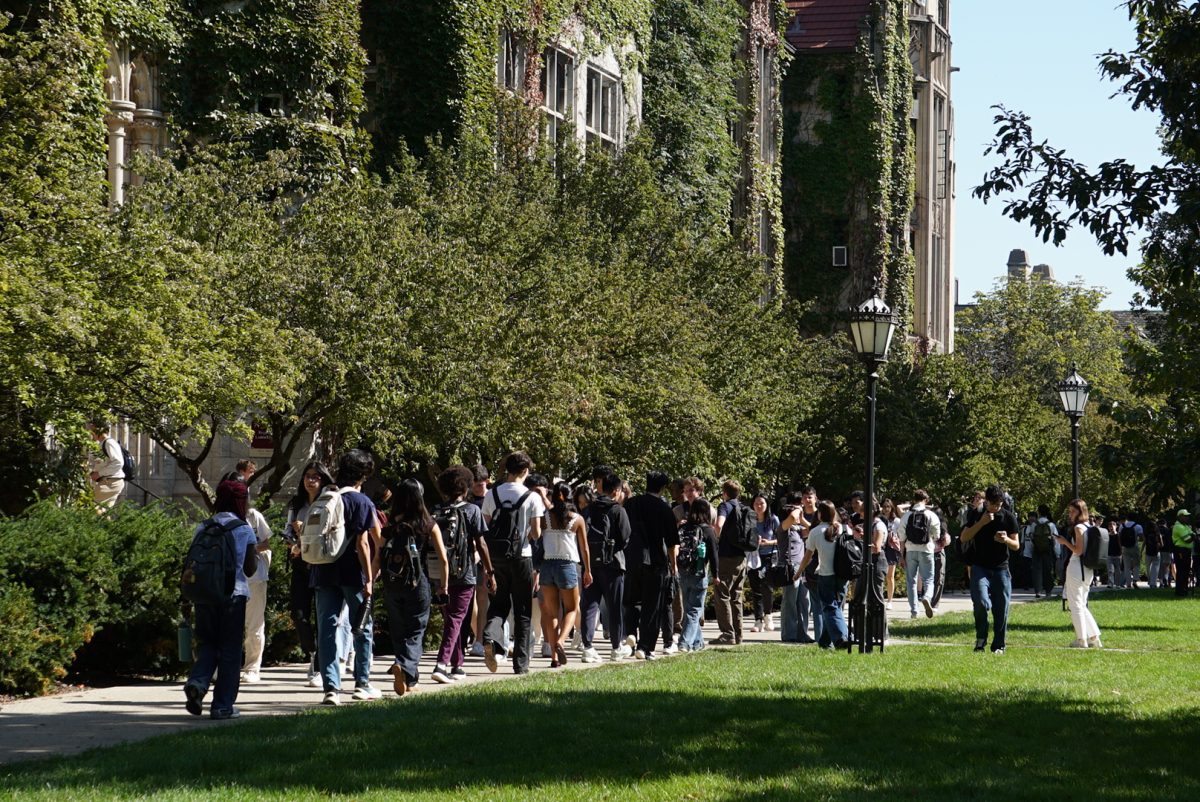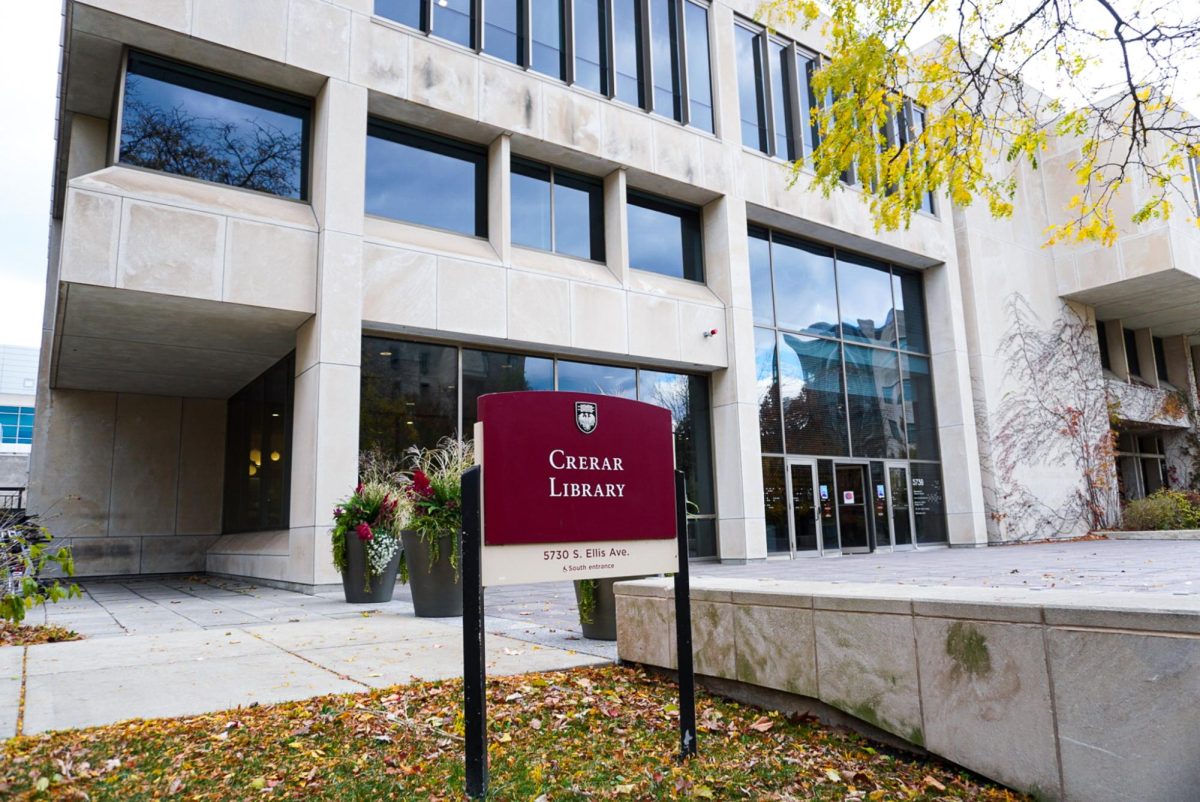The University of Chicago’s first president, William Rainey Harper, thought up the quarter system as part of the academic plan for his great university. As I understand it, the great purpose of the quarter system is to allow students to take more classes in their time at the University.
Three quarters per academic year, with four classes per quarter, leaves one with a total of 48 classes before graduation. With the semester system, students generally take five classes per semester; this leaves them with 40 classes before graduation. The advantage for even those students who take the minimum 42 classes thus seems obvious: more classes taken, more learning accomplished–truly Harper had his mind in the right place.
It seems safe enough to assume that one quarter class is equivalent to one semester class, brevity and depth canceling each other out. Surely I expected that the larger world of academia understood this principle. After all, Chicago isn’t the only school on the quarter system: 20 percent of all universities in the country–including Stanford, Cal Tech, Dartmouth, Northwestern, and UCLA–use the quarter system, though that number is falling.
Recently, however, I’ve questioned this fundamental assumption of the quarter system. Advisors–pre-med, collegiate, and otherwise–indicated that it was necessary to take a full year of certain courses in order to look good for graduate school–among these, that most loathed abomination known as organic chemistry. The only way the quarter system works is if each class in the quarter system is equivalent to one in the semester system.
If three quarters of calculus at the U of C are equivalent to only two semesters at MIT, then we’re losing out; while a year-long sequence is one-fifth an MIT student’s year, it’s one-fourth (or more, if you take fewer than 12 courses) of ours.
The U of C student who takes 10 classes a year is thus at a disadvantage to the MIT student in terms of the total number of other courses he can take, and only at 11 does he break even. At 12, he still comes out ahead–unless he’s forced to take two yearlong sequences.
This disparate view of quarter and semester classes thus represents a pressing problem. If University of Chicago two-quarter sequences are not considered equivalent to a full year of coursework at a semester school, then every student here is at a severe disadvantage. This is especially true for students in the sciences; biological sciences concentrators must take full-year sequences in calculus, chemistry, organic chemistry or physics, and laboratory biology for their degrees.
The quarter system has other disadvantages. Students from here, because our year ends later, are at a disadvantage in the summer job market. Because 80 percent of schools are on the semester system, summer programs are often timed from June-August, making summer study more difficult for U of C students.
The quarter system is also heavily unbalanced. In semester schools, the year can be split relatively evenly, with one semester before winter break and one after. However, as it currently stands, U of C students have fully two-thirds of their school year after winter break. As such, we get a total of seven days vacation between January and June. Is it any wonder than so many of us find ourselves unable to focus during spring quarter?
I am nevertheless a devotee of the quarter system. As one who refuses to take three quarters of certain sequences, I believe it can be to the advantage of students. But the U of C has to believe, as well. As an institution capable of stirring opinion in academic circles, Chicago must push for recognition of the semester/quarter class equivalence. Otherwise, future students will be left behind their semester system colleagues.
A University of Chicago whose curriculum was not at the vanguard of academic standards–that would indeed be a larger tragedy than third quarter o






